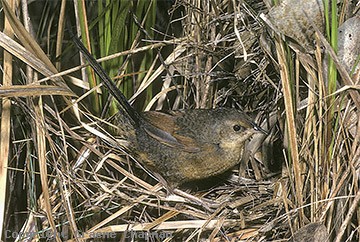
Atrichornis clamosus
TAXONOMY
Atrichia clamosa Gould, 1844, Western Australia.
OTHER COMMON NAMES
English: Western scrub-bird; French: Atrichorne bruyant; German:
Braunbach-Dickichtvogel; Spanish: Achaparrado Occidental.
PHYSICAL
CHARACTERISTICS
Male 9.1 in (23 cm),
female 7.7 in (19.5
cm); male 1.7 oz
(52g); female 1.2 oz
(34 g). Upperparts
brown with fine dark
barring. Rufousbrown
on lower
belly, grading to offwhite
on breast.
Male also has black
patch on upper
breast and throat.
Bill, eyes, and legs
brown.
DISTRIBUTION
Far southwestern corner of Western Australia.
HABITAT
Low forest, thicket, and heath with dense lower stratum of
shrubs and sedges.
BEHAVIOR
Males employ a loud territorial song supplemented by various
calls. Mimicry rarely used. Females generally silent, producing
only soft calls.
FEEDING ECOLOGY AND DIET
Feeds on invertebrates, and occasionally small vertebrates,
flushed from leaf litter or low vegetation.
REPRODUCTIVE BIOLOGY
Breeds April to October. Dome nest similar to rufous scrubbird
except only lower half of inside lined with cardboard-like
substance. Clutch size is one.
CONSERVATION STATUS
Vulnerable. Recently downgraded from Endangered thanks to
the success of an ongoing translocation and management program
initiated over 35 years ago. Since rediscovery of the
species in 1961, its total population size has been increased
from less than 50 to almost 600 breeding territories.
SIGNIFICANCE TO HUMANS
None known
Other popular Animals
Photo Gallery of - Noisy scrub-bird
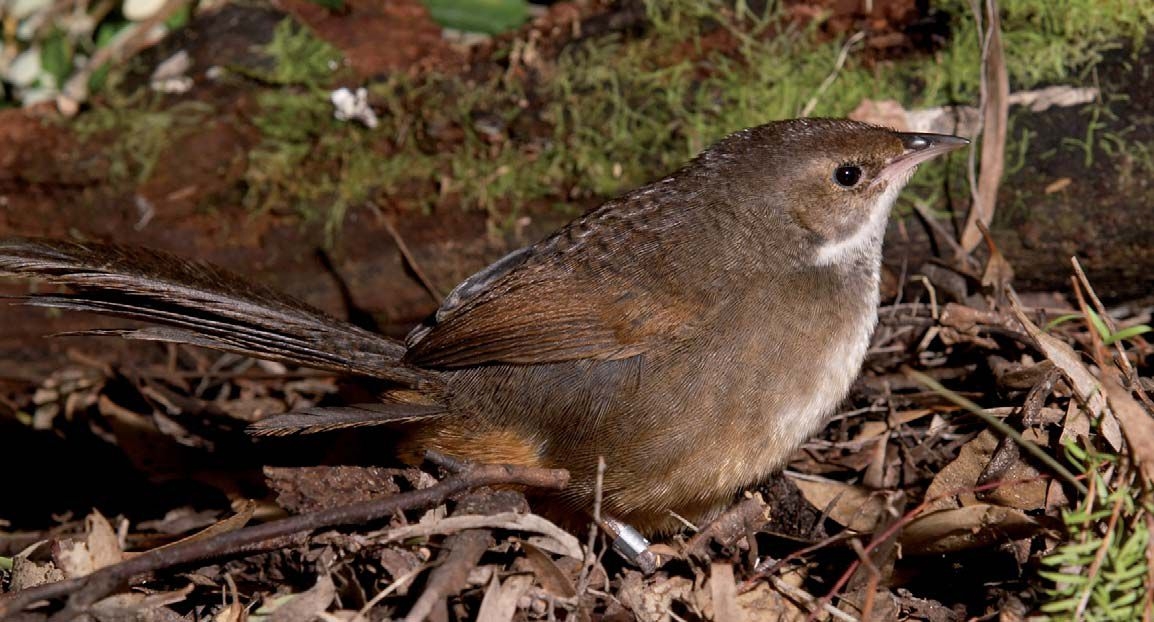
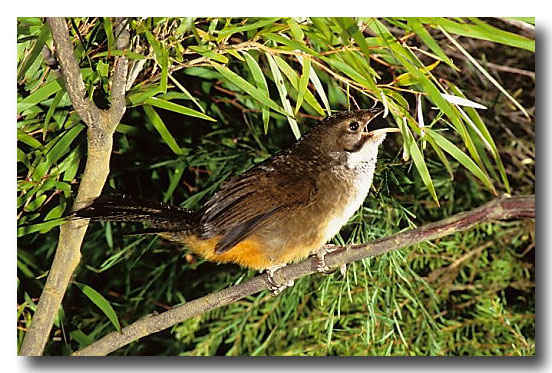
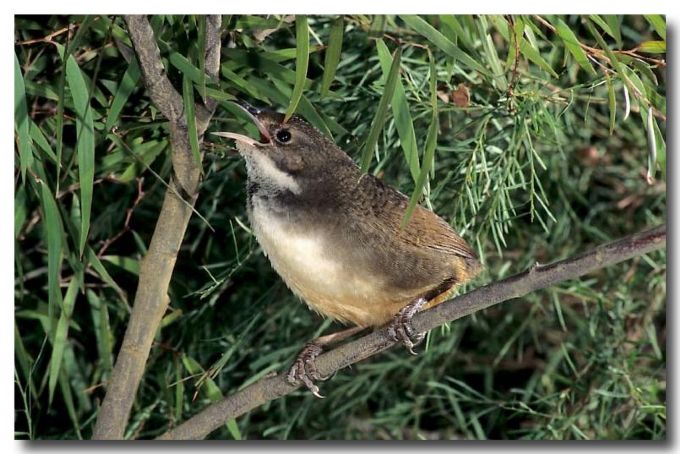
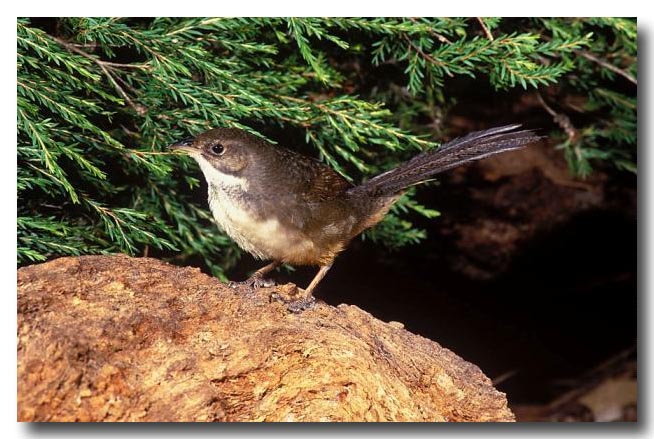
 Animalia Life
Animalia Life